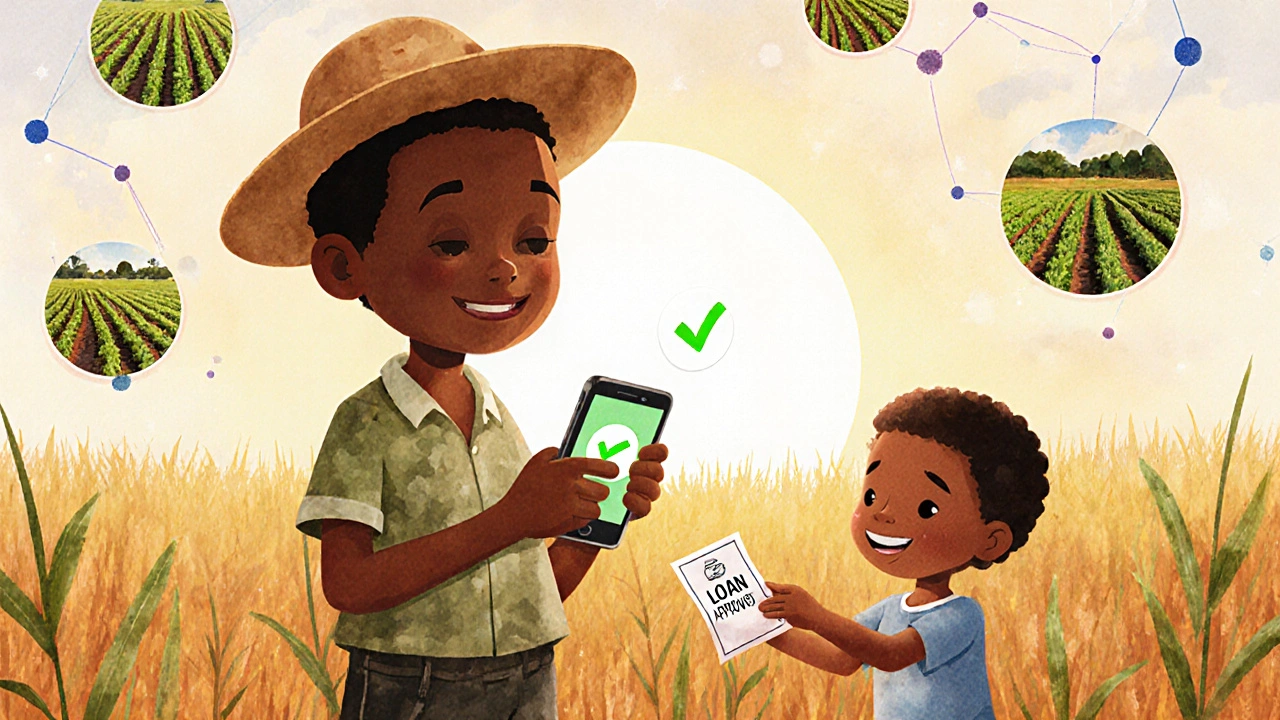Smallholder Farmer Credit: How Digital Finance Is Changing Rural Lending
When you think of smallholder farmer credit, loans designed for small-scale farmers who own less than 2 hectares of land and often lack traditional collateral. Also known as rural agricultural finance, it’s no longer just about banks handing out paper loans. It’s about mobile apps, AI-driven risk scores, and digital wallets reaching farmers in remote villages who’ve never set foot in a branch. These farmers grow most of the world’s food, yet for decades, they’ve been shut out of formal credit because they don’t have deeds, pay stubs, or credit histories. That’s changing fast.
Fintech, technology-driven financial services that bypass traditional banking infrastructure. Also known as digital finance, it’s now the backbone of smallholder farmer credit. Companies use satellite data to track crop health, mobile phone usage to assess reliability, and transaction history from agri-dealer purchases to judge creditworthiness. In Kenya, a farmer can get a $50 loan in 10 minutes via SMS after planting maize. In India, digital platforms link farmers directly to buyers, using sales history to unlock revolving credit. This isn’t theory—it’s happening now, and it’s working.
But it’s not just about access. It’s about fairness. Traditional lenders often charge farmers 30% to 50% interest because they see them as risky. Digital lenders, using real-time data, cut that to 10% or less. And they’re not just giving loans—they’re bundling them with weather forecasts, seed recommendations, and insurance. This is microfinance, financial services for low-income individuals who lack access to conventional banking. Also known as inclusive finance, it’s evolving from charity-based lending to scalable, tech-powered systems.
What’s missing? Regulation. Many digital lenders operate in legal gray zones. Some charge hidden fees. Others lock farmers into unfair contracts. That’s why the best platforms now partner with local cooperatives and NGOs to build trust. The goal isn’t just to lend—it’s to empower. And when smallholder farmers thrive, food systems stabilize, rural economies grow, and global supply chains become more resilient.
The posts below show how this shift connects to broader trends: how fintech moats are forming around agricultural data, how mobile malware threatens digital lending apps, and how digital assets like stablecoins are helping farmers in unstable economies protect their earnings. You’ll find real examples of platforms making credit work for people who’ve been ignored for too long. No jargon. No fluff. Just what’s actually changing on the ground—and how you can understand it.




